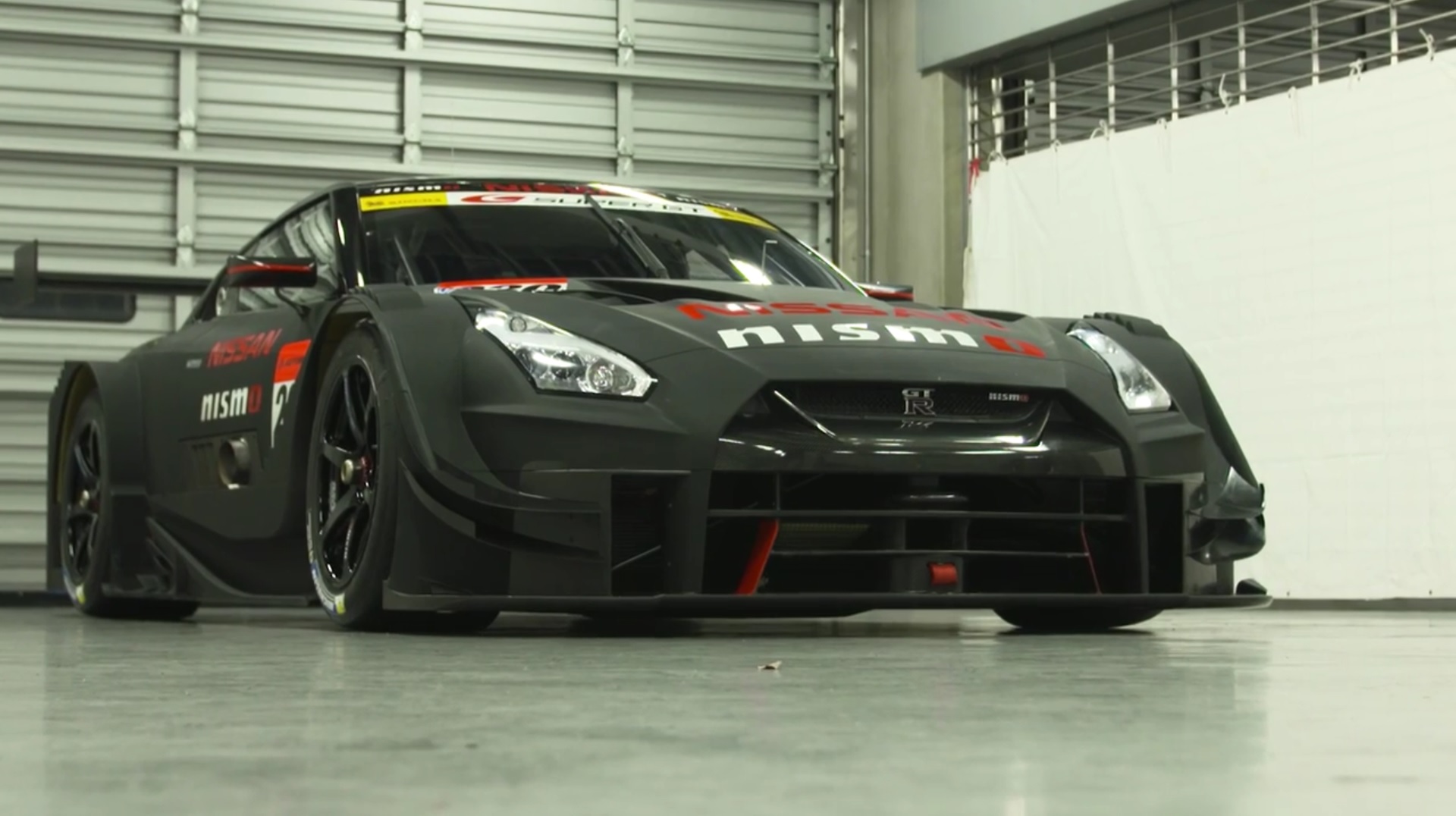

Race season quietly approaches as Japan’s 2017 Super GT series kicks off at Okayama International Circuit on April 8. GT500-tier race teams face major regulation changes this year as Super GT and German racing association DTM will unify ‘Class One’ regulations to merge the two campaigns. As a result, the 2017 GT-R GT500 will look something like this:

2016 rules will be retained underneath – the GT500 race cars will carry over the chassis architecture and power units. However, the aerodynamics regulation will be significantly changed. The new rules command the distance between the centerline of the wheels and the edge of the front bodywork to be much shorter. The same rule will apply to the rear as well, resulting to shorter front and rear overhangs overall. What’s more, while the rear wing can be made wider, the rules also dictate a smaller rear diffuser.
Overall, NISMO TV says the new aero package is intended to reduce the potential downforce of 2017 GT500 race cars by about 25 percent. However, race engineers have hinted that clever packaging has enabled the loss of downforce to be much less severe. As a result, overall lap times are expected to be slower than the previous seasons, but NISMO predicts max velocity may be much higher, potentially hitting 310 to 320 kph at Fuji Speedway. Given NISMO’s teaser shows very little of the new GT-R GT500’s rear end, we’re willing to bet that a lot of the aero witchcraft lies at the GT-R’s diffuser.
It’s a teaser after all, so there’s still a lot we don’t know about the new 2017 GT-R GT500. The onboard footage shows the GT-R running a track at speed, but there’s no mention of lap times. Of course, NISMO also emphasized the GT-R you see here is still a work in progress and there will likely be several changes yet ahead of the 2017 Super GT season.